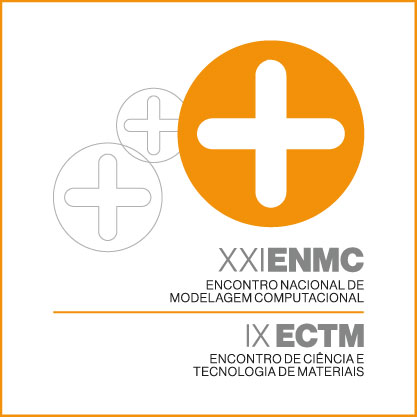A NEW TWO-COMPONENT RED BLOOD CELL MODELLING APPROACH
Resumo
This work consists in the presentation of a computational model to study normal and pathological behavior of red blood cells in slow transient processes that can not be accompanied by pure particle methods (the required time steps are very small). The basic model, inspired by the best models currently available, considers the cytoskeleton as a discrete non-linear elastic structure. The novelty of the proposed work, which will extend the simulation times and therobustness of the code, is to couple this skeleton with continuum models instead of the more common discrete models (molecular dynamics, particle methods) of the lipid membrane. The interaction of the solid cytoskeleton with the membrane, which is a two-dimensional fluid, will be done through adhesion forces adapting efficient solid-solid adhesion algorithms. The continuoustreatment of the fluid parts is well justified by scale arguments and leads to much more stable and precise numerical problems when, as is the case, the size of the molecules (0:3nm) is much smaller than the overall size (' 8000nm)Downloads
Publicado
22-12-2018
Edição
Seção
Modelagem de Sistemas Biológicos


